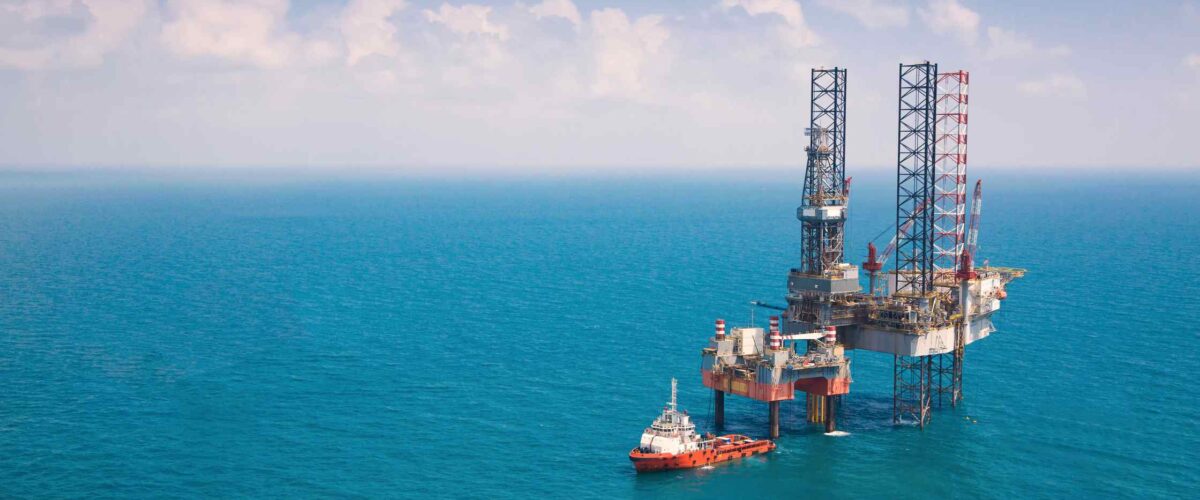The offshore oil and gas industry has long operated in some of the most complex and challenging environments on the planet. From deep-sea drilling to harsh weather conditions and high operational costs, offshore operations demand precision, efficiency, and safety. Now, thanks to the rise of the Internet of Things (IoT), the industry is entering a new era—one defined by smart platforms that are reshaping how energy is explored, extracted, and managed.
Smart offshore platforms powered by IoT are not only making operations safer and more efficient, but they are also driving innovation in predictive maintenance, remote monitoring, and real-time data analytics. Here’s a look at how IoT is transforming offshore oil and gas operations and what it means for the future of energy production.
What is IoT in Offshore Oil and Gas?
The Internet of Things refers to a network of interconnected devices, sensors, and systems that collect and exchange data in real time. In the offshore context, IoT involves installing smart sensors and connected technologies across drilling rigs, production facilities, and support vessels to monitor everything from equipment performance to environmental conditions.
Key Benefits of Smart Offshore Platforms
1. Predictive Maintenance
One of the most impactful uses of IoT in offshore operations is predictive maintenance. Smart sensors track equipment health, detect anomalies, and forecast potential failures before they occur.
-
Benefit: Reduces unplanned downtime and costly repairs.
-
Result: Increased operational uptime and lower maintenance costs.
2. Enhanced Safety Monitoring
Offshore environments pose significant safety risks. IoT sensors monitor structural integrity, detect gas leaks, and track worker movements to enhance on-site safety.
-
Benefit: Real-time alerts and automated emergency responses.
-
Result: Improved safety protocols and reduced accidents.
3. Remote Monitoring & Control
With IoT, operators can monitor offshore assets from onshore control centers, reducing the need for constant physical presence on platforms.
-
Benefit: Minimizes exposure to hazardous environments.
-
Result: Lower operational costs and improved decision-making speed.
4. Energy Efficiency & Environmental Compliance
Smart platforms track energy usage, emissions, and waste levels in real time, enabling better environmental management and compliance.
-
Benefit: Supports sustainability and regulatory goals.
-
Result: Reduced carbon footprint and environmental impact.
5. Data-Driven Decision Making
Continuous data collection from IoT devices allows engineers and operators to make informed decisions based on real-time insights and historical trends.
-
Benefit: Optimized production rates and resource allocation.
-
Result: Higher productivity and profitability.
Real-World Examples
-
Equinor’s Johan Sverdrup Field (Norway): One of the most digitally advanced offshore platforms, using IoT for integrated operations and advanced analytics.
-
Shell’s Smart Fields Program: Uses IoT and machine learning to monitor thousands of data points and improve reservoir management.
-
Petronas Digital Twin Platforms: Employ IoT to create virtual replicas of physical assets for simulations and real-time monitoring.
Challenges and Considerations
Despite its promise, IoT deployment offshore comes with hurdles:
-
Cybersecurity Risks: With greater connectivity comes increased vulnerability to cyberattacks.
-
Data Overload: Managing and interpreting vast amounts of data requires robust analytics and skilled personnel.
-
High Initial Investment: Setting up smart infrastructure involves significant upfront costs.
-
Integration with Legacy Systems: Many offshore platforms still rely on older systems that may not be compatible with IoT technologies.
To overcome these challenges, companies are increasingly partnering with tech firms, investing in cybersecurity measures, and retraining their workforce for digital readiness.
The Future of Smart Offshore Operations
The integration of IoT is just the beginning. When combined with technologies like artificial intelligence (AI), machine learning, and digital twins, smart offshore platforms will become even more autonomous, efficient, and adaptive.
We can expect future platforms to not only detect and respond to issues in real time but to learn from historical data to continuously improve performance. This evolution will redefine offshore energy production, making it more sustainable, cost-effective, and intelligent.
Smart offshore platforms powered by IoT represent a turning point for the oil and gas industry. By embracing connected technologies, companies can enhance safety, reduce costs, and optimize operations in ways that were unimaginable just a decade ago.
As digital transformation accelerates, those who invest early in IoT and smart infrastructure will lead the future of offshore energy—where innovation meets resilience, and data drives every decision.
Read more on Sparkview Energy:
The Role of Autonomous Underwater Vehicles (AUVs) in Offshore Oil Exploration
How Predictive Maintenance is Improving Offshore Asset Reliability
Emergency Response Planning for Offshore Oil and Gas Incidents

